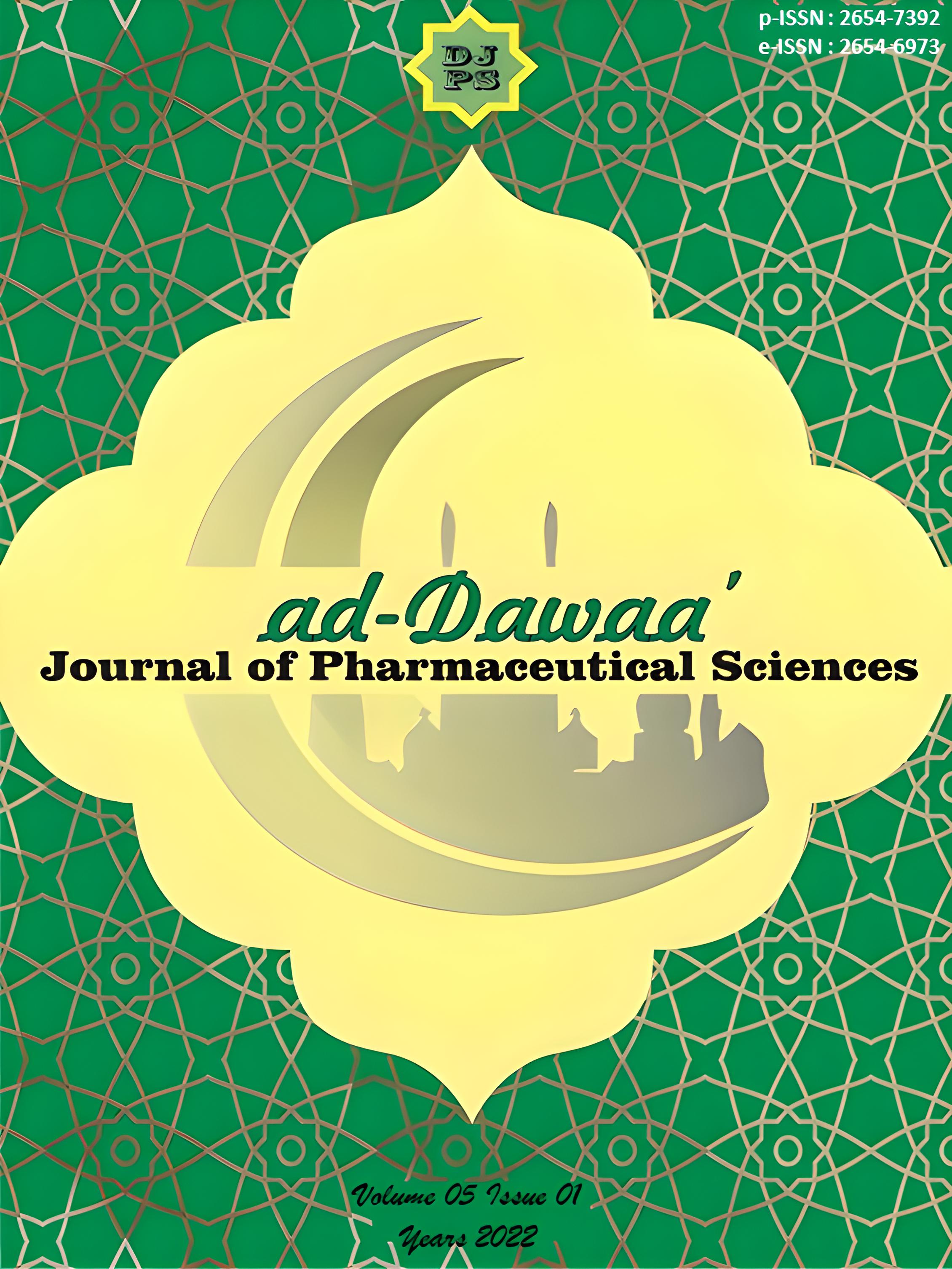Formulation Of Talas Leaf (Colocasia Esculenta) Emulgel As A Candidate Of Antibacterial Causes Of Bulbs
Formulation Of Talas Leaf (Colocasia Esculenta) Emulgel As A Candidate Of Antibacterial Causes Of Bulbs
Abstract
One of the plants that are used as a boil medicine by the community, especially the people of Papua, is taro leaves (Colocasia esculenta). Taro leaves have antibacterial activity against bacteria that cause boils (S. aureus) with a concentration of 5%. This research aims to obtain a taro leaf emulgel preparation that is physically and determine the effectiveness of taro leaf emulgel against bacteria that cause boils. Taro leaf extract with a concentration of 5% was made into an emulgel preparation using gelling agent carbopol 940. gelling agent carbopol 940 with various concentrations of 1%, 1.5%, and 2%. Then each formula was tested for its antibacterial effectiveness by the good diffusion method against boil-causing bacteria with a positive control of gentamicin cream. Data analysis was carried out by calculating the average of the inhibition zones for each concentration. Taro leaf emulgel formula (Colocasia esculenta) is stable physically and is FII using 1.5% gelling agent. Effectiveness test of taro leaf emulgel formula against boil causing bacteria (S. aureus), namely FI, FII, and FIII, with a resistance of 18.24, 18.99, and 17.58 in the strong category.
Downloads
Once an article was published in the journal, the author(s) are:
- granted to the journal right licensed under Creative Commons License Attribution that allows others to share the work with an acknowledgement of the work's authorship.
- permitted to publish their work online in third parties as it can lead to wider dissemination of the work.
- continue to be the copyright owner and allow the journal to publish the article with the CC BY-SA license
- receiving a DOI (Digital Object Identifier) of the work.


1.png)